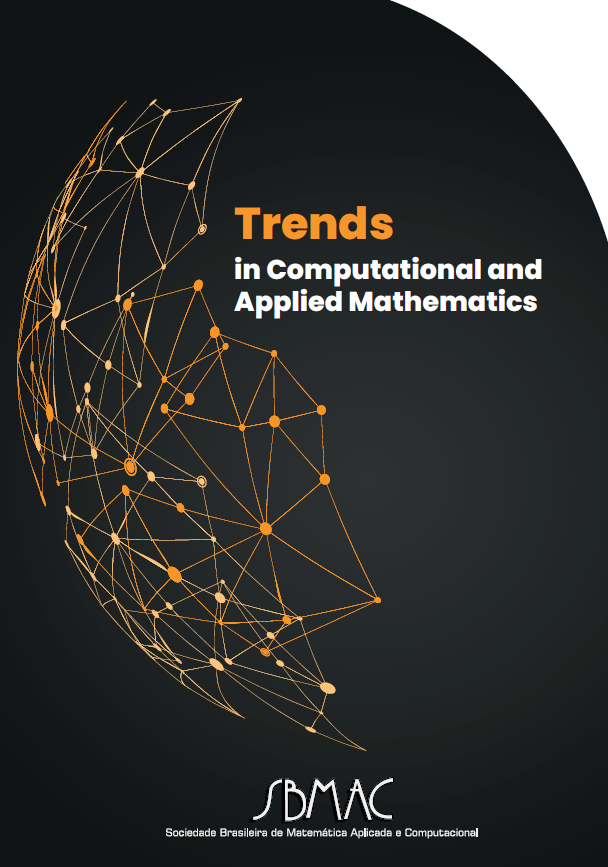ABSTRACT
The outbreak of COVID-19 has made scientists from all over the world do not measure efforts to understand the dynamics of the disease caused by this coronavirus. Several mathematical models have been proposed to describe the dynamics and make predictions. This work proposes a mathematical model that includes social isolation of susceptible individuals as a strategy of suppression and mitigation of the disease. The Susceptible-Infectious-Isolated-Recovered-Dead (SIQRD) model is proposed to analyze three important issues about the dynamics of the disease taking into account social isolation: when the isolation should begin? How long to keep the isolation? How to get out of this isolation? To get answers, computer simulations are provided and their results discussed. The results obtained show that beginning social isolation on the 10th or 15th days, after confirmation of the 50th case, and with 70% of the population in isolation, seems to be promising, since the infected curve does not grow much until it enters the isolation and remains at a stable level during the isolation. On the other hand an abrupt release of the social isolation will imply a second peak of infected individuals above the first one, which is not desired. Therefore, the release from social isolation should be gradual.
Keywords:
mathematical model; COVID-19; social isolation; simulations

 Thumbnail
Thumbnail
 Thumbnail
Thumbnail
 Thumbnail
Thumbnail
 Thumbnail
Thumbnail
 Thumbnail
Thumbnail
 Thumbnail
Thumbnail
 Thumbnail
Thumbnail
 Thumbnail
Thumbnail
 Thumbnail
Thumbnail
 Thumbnail
Thumbnail









